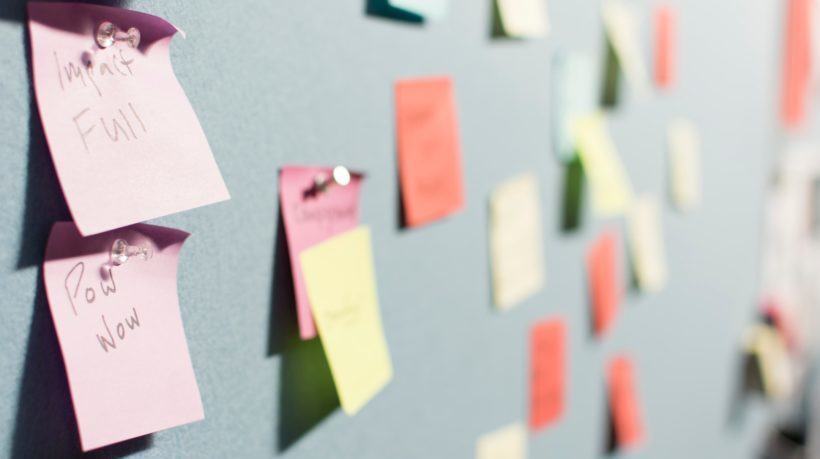Tips For Creating Sticky Learning
The "sheep dip" exercises of old just don’t cut it if you’re looking for eLearning to have any long-term impact on behaviors and performance. Getting your head around the basics of learning psychology will help you create brain-friendly learning experiences that genuinely help people retain information and improve and develop their skills in a way that sticks.
In a recent interview, Learning Psychologist Stella Collins shared her advice for creating brain-friendly learning using a great checklist with the acronym "LEARNS." We’ve picked out some of Stella’s top tips that you can try today and those are the following:
1. Encourage Active Engagement
To truly learn something, you can’t expect to simply read a book or watch a video. Think about how you can encourage learners to actively engage—for example, giving opportunities to practice and gain feedback.
2. Use What People Already Know
When we are learning, the brain tries to link neurons together. If your learning content can hook onto something that people already know, it helps the brain form those links. One way to help create links is to get people to guess the answer. This has been shown to increase their ability to recall the right answer, even if they guessed wrong.
3. Tap Into Emotions
Emotions help the brain make decisions. If you’re trying to help people make better decisions in certain situations, creating emotional ties can help. A problem scenario that is connected to a healthy dose of fear, for example, makes your learner more likely to remove the obstacle and feel good about it afterward.
Watch the full interview with Stella and get more detail on how to create brain-friendly learning.
4. Make Deliberate Links
Use anchors to create links between 2 things. This can help to trigger memories or encourage people to act. For example, think about how certain songs remind you of a particular TV or radio advertisement—the advertisers have created an anchor in our mind. You can do this with visual prompts, words, sounds etc.
5. Repeat
To make neural connections stronger and faster, they need to be used repeatedly—think of it like building brain muscle. So, build practice into learning experiences so those connections keep firing.
6. Keep It Fresh
We zone out of things we’re used to seeing. Marketers are always having to think of new ways to attract attention, and learning designers need to do this too. Think about what you can do to surprise people or be different so it becomes memorable and worthy of talking about.
7. Use Storytelling
Great stories are remembered and retold. There’s a reason for that, and it’s because they tick every box of Stella’s "LEARNS" acronym. Check out this great eLearning example that uses immersive storytelling (and shares 4 tips).
The LEARNS Acronym For Brain-Friendly Learning
Stella Collins has provided 6 fantastic devices to help you make learning that sticks, all wrapped up in the memorable anchor of LEARNS. Get more detail on what this stands for and how you can create brain-friendly learning—click here.
Trying to come up with a winning brain-friendly approach for your project? Get our guide to Conceptualizing eLearning ideas.

